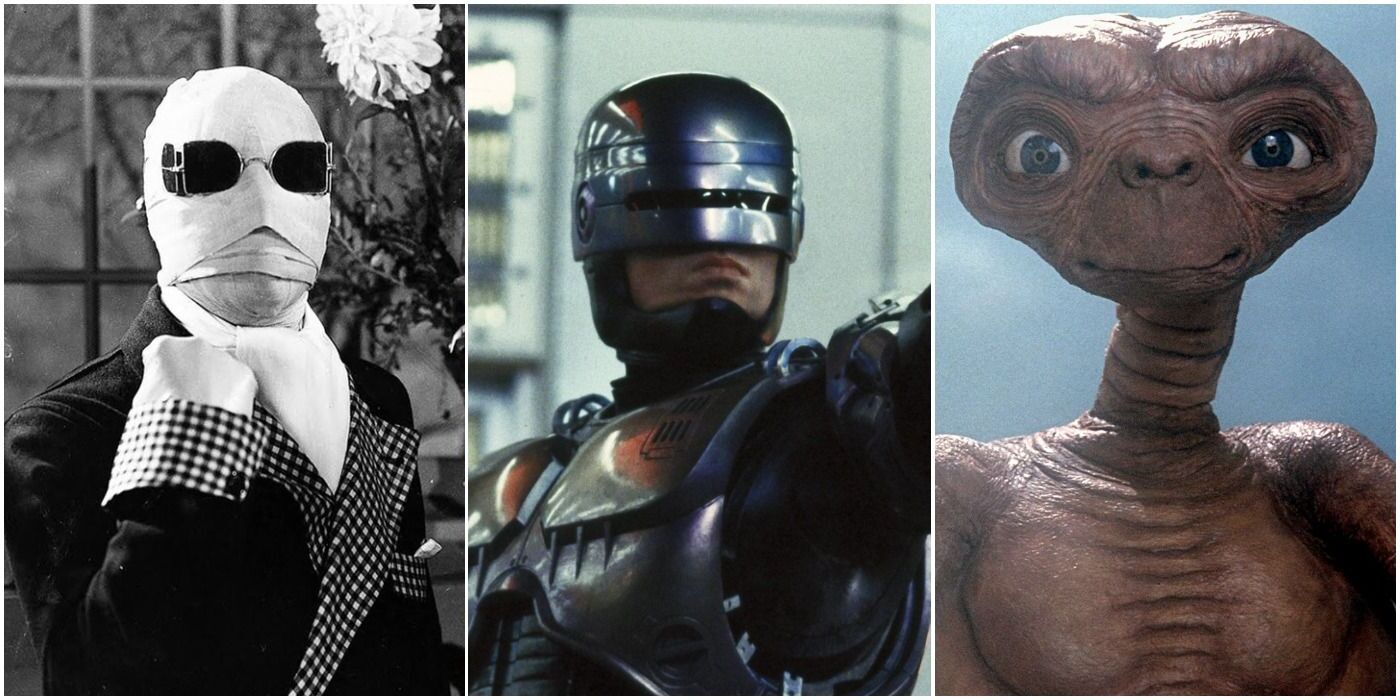
Practical effects have been the backbone of many iconic movies, creating magic on screen without relying on computers. From the intricate puppetry in "The Dark Crystal" to the explosive stunts in "Mad Max: Fury Road," these effects bring a tangible, gritty realism that CGI sometimes lacks. But what exactly makes practical effects so special? They involve real-world materials and techniques, like makeup, animatronics, and pyrotechnics, to create illusions that actors can interact with directly. This hands-on approach often results in more authentic performances and a unique visual style. Ready to dive into the world of practical effects? Here are 37 fascinating facts that will make you appreciate the artistry and craftsmanship behind your favorite films.
Key Takeaways:
- Practical effects, like animatronics and makeup, have been used in films for over a century, bringing authenticity to iconic movies like "Jurassic Park" and "Star Wars."
- Despite the rise of CGI, practical effects continue to play a vital role in filmmaking, with directors like George Miller and Christopher Nolan championing their use for authenticity and realism.
The Magic of Practical Effects
Practical effects have been a staple in the film industry for decades. These effects, created physically rather than digitally, bring a unique authenticity to movies. Let's dive into some fascinating facts about practical effects.
-
Practical effects date back to the early 1900s. Georges Méliès, a pioneer in cinema, used practical effects in his 1902 film "A Trip to the Moon."
-
Alfred Hitchcock was a master of practical effects. In "Psycho," chocolate syrup was used for blood in the famous shower scene.
-
Stan Winston's work in "Jurassic Park" is legendary. The T-Rex animatronic was 20 feet tall and weighed 9,000 pounds.
-
"Star Wars" revolutionized practical effects. The original trilogy used miniatures, puppets, and matte paintings to create its iconic universe.
-
"The Thing" (1982) is a showcase of practical effects. Rob Bottin's creature designs are still celebrated for their realism and creativity.
-
"Jaws" featured a mechanical shark named Bruce. Despite technical issues, Bruce became one of the most famous movie monsters.
-
"The Dark Crystal" used groundbreaking puppetry. Jim Henson and Frank Oz created an entire world with intricate puppets.
-
"Blade Runner" combined practical effects with miniatures. The futuristic cityscape was built using detailed models.
-
"The Lord of the Rings" trilogy used forced perspective. This technique made characters like Gandalf appear much taller than Hobbits.
-
"E.T. the Extra-Terrestrial" featured a puppet. The beloved alien was brought to life with animatronics and puppetry.
Practical Effects in Horror Films
Horror films often rely on practical effects to create terrifying and believable monsters. Here are some spine-chilling facts about practical effects in horror.
-
"An American Werewolf in London" set a new standard. Rick Baker's werewolf transformation scene won an Academy Award.
-
"The Exorcist" used practical effects for its shocking scenes. The head-spinning effect was achieved with a mechanical dummy.
-
"A Nightmare on Elm Street" featured practical effects for Freddy Krueger's glove. The iconic weapon was made with real blades.
-
"The Fly" (1986) showcased incredible makeup effects. Chris Walas transformed Jeff Goldblum into a grotesque creature.
-
"Hellraiser" used practical effects for its gruesome Cenobites. Clive Barker's vision was brought to life with detailed prosthetics.
-
"The Evil Dead" series is known for its practical gore. Director Sam Raimi used gallons of fake blood and creative effects.
-
"The Texas Chain Saw Massacre" relied on practical effects for its brutality. The film's low budget led to innovative and realistic effects.
-
"Alien" featured a terrifying creature designed by H.R. Giger. The Xenomorph was a combination of costume and animatronics.
-
"The Thing" (2011) used practical effects before switching to CGI. The decision to replace practical effects with CGI was controversial.
-
"The Babadook" utilized practical effects for its monster. The eerie creature was created with puppetry and stop-motion.
Practical Effects in Action Films
Action films often use practical effects to create thrilling and explosive scenes. Here are some high-octane facts about practical effects in action movies.
-
"Mad Max: Fury Road" is a masterclass in practical effects. Director George Miller used real stunts and explosions for authenticity.
-
"Die Hard" featured practical effects for its iconic stunts. The explosion at Nakatomi Plaza was achieved with miniatures.
-
"Terminator 2: Judgment Day" combined practical effects with CGI. The T-1000's liquid metal effects were groundbreaking.
-
"Indiana Jones" series used practical effects for its daring stunts. The boulder chase in "Raiders of the Lost Ark" was done with a giant foam boulder.
-
"The Matrix" used practical effects for its fight scenes. The bullet-dodging scene was achieved with a combination of wirework and slow-motion photography.
-
"Mission: Impossible" series is known for its practical stunts. Tom Cruise performs many of his own stunts, adding to the realism.
-
"The Dark Knight" featured practical effects for its action scenes. The truck flip was done with a real vehicle and no CGI.
-
"Speed" used practical effects for its bus jump. The bus was launched off a ramp to create the thrilling jump scene.
-
"Inception" used practical effects for its rotating hallway fight. The hallway was built on a rotating set to achieve the gravity-defying effect.
-
"Skyfall" featured practical effects for its train crash. The train crash scene was done with a real train and practical explosions.
The Future of Practical Effects
Despite the rise of CGI, practical effects continue to play a vital role in filmmaking. Here are some facts about the future of practical effects.
-
"The Mandalorian" uses a blend of practical effects and CGI. The show combines miniatures, animatronics, and digital effects.
-
"Mad Max: Fury Road" director George Miller plans to continue using practical effects. Miller believes practical effects add a level of realism that CGI can't match.
-
"Star Wars" sequels have returned to practical effects. The new trilogy uses practical effects to capture the spirit of the original films.
-
"Christopher Nolan" is a strong advocate for practical effects. Nolan's films, like "Dunkirk" and "Tenet," use practical effects for authenticity.
-
"The Shape of Water" used practical effects for its creature. Guillermo del Toro's film combined practical effects with CGI for the amphibian man.
-
"John Wick" series relies on practical effects for its action scenes. The films use real stunts and minimal CGI for a gritty feel.
-
"The Witcher" series uses practical effects for its monsters. The show combines practical effects with CGI to create its fantastical creatures.
The Magic of Practical Effects
Practical effects have shaped the way we experience movies. From the groundbreaking work in Star Wars to the lifelike dinosaurs in Jurassic Park, these effects bring stories to life in ways CGI often can't. They add a tangible, gritty realism that resonates with audiences. Directors like Christopher Nolan and George Lucas have championed practical effects, proving their timeless appeal. While digital effects have their place, practical effects offer a unique charm and authenticity. They remind us of the artistry and craftsmanship behind filmmaking. So next time you watch a movie, take a moment to appreciate the practical effects that make it unforgettable. They’re not just tricks; they’re a testament to human creativity and ingenuity. Practical effects will always have a special place in cinema, continuing to captivate and inspire future generations.
Frequently Asked Questions
Was this page helpful?
Our commitment to delivering trustworthy and engaging content is at the heart of what we do. Each fact on our site is contributed by real users like you, bringing a wealth of diverse insights and information. To ensure the highest standards of accuracy and reliability, our dedicated editors meticulously review each submission. This process guarantees that the facts we share are not only fascinating but also credible. Trust in our commitment to quality and authenticity as you explore and learn with us.


